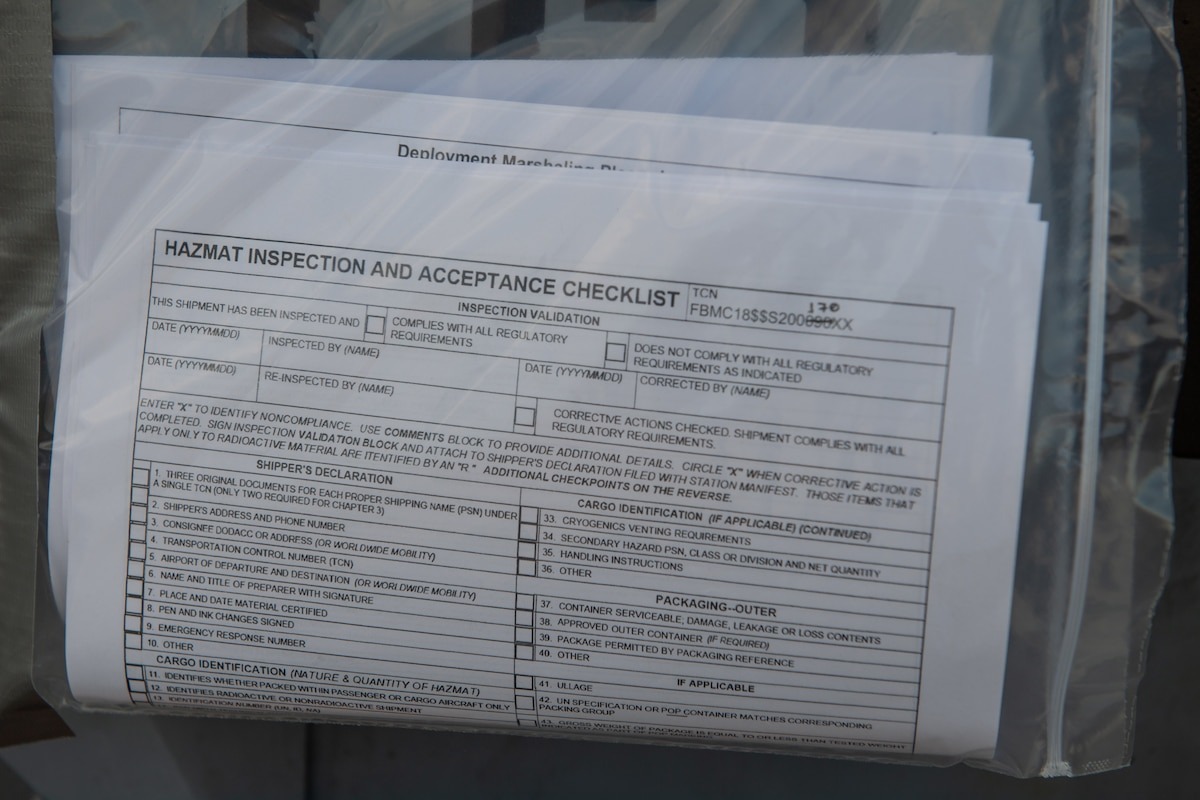How to use the foot inspection checklist
Download and print the Foot Inspection Checklist For Diabetics and use it as a guide to your daily foot inspections.
Perform the foot inspections every day at a suitable time, maybe after a bath or at bedtime.
Use the checklist as a guide to performing the inspection.
Tick in the second column next to the inspection after the check is completed.
Make notes about any abnormal findings in the appropriate row.
Report concerns or any abnormalities to your healthcare provider.
| Foot Inspection Checklist | ||
| Name: | ||
| Age | ||
| Date | ||
| Foot Inspection | Completed | Findings |
| Prepare: * towel * basin with water * moisturizer * toenail clips * mirror | ||
| Wash hands thoroughly with soap and water. | ||
| Remove shoes and socks. | ||
| Visually inspect both feet for any: * Cuts * Sores * Blisters * Redness * Swelling * Discoloration | ||
| Gently touch both feet with the back of the fingers for any areas of: * tenderness * warmth * unusual texture | ||
| Gently touch different parts of the feet with a cotton ball or a soft object to determine if there is: * Reduced sensation. * Absent sensation. (signs of neuropathy) | ||
| Check between toes for any signs of infection or fungal growth. | ||
| Inspect toenails for any signs of: * Ingrown toenails * Fungal infections * Excessive thickness | ||
| Check for any unusual odors, which may indicate an infection. | ||
| Wash hands and document findings in the appropriate section of the checklist. | ||
| Clean and dry feet thoroughly, paying special attention to areas between the toes. | ||
| Clip toenails straight across if necessary | ||
| Apply moisturizer to the top and bottom of feet, avoiding between the toes. | ||
| Gently massage the feet with fingertips to stimulate blood flow. | ||
| Put on clean socks and shoes. | ||
| Wash hands | ||
| If any abnormalities are found, consult with a healthcare professional immediately. | ||
